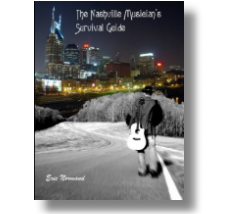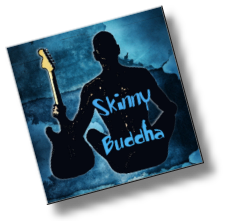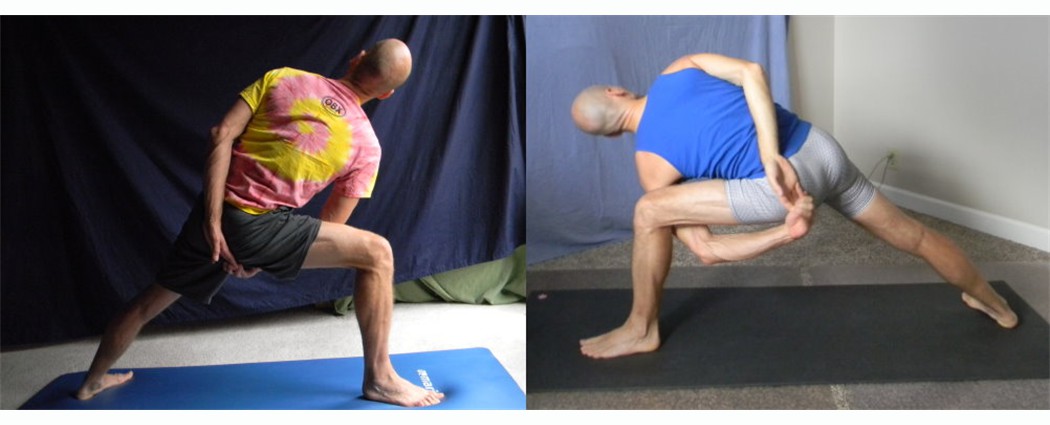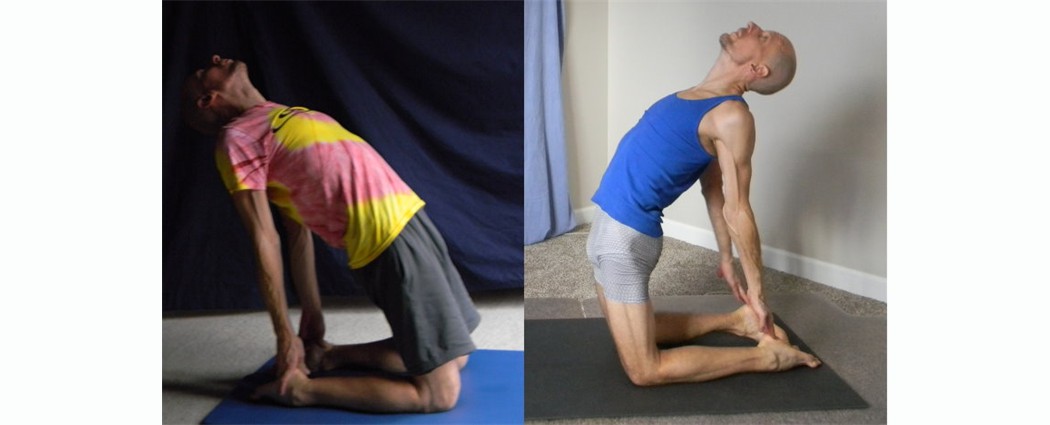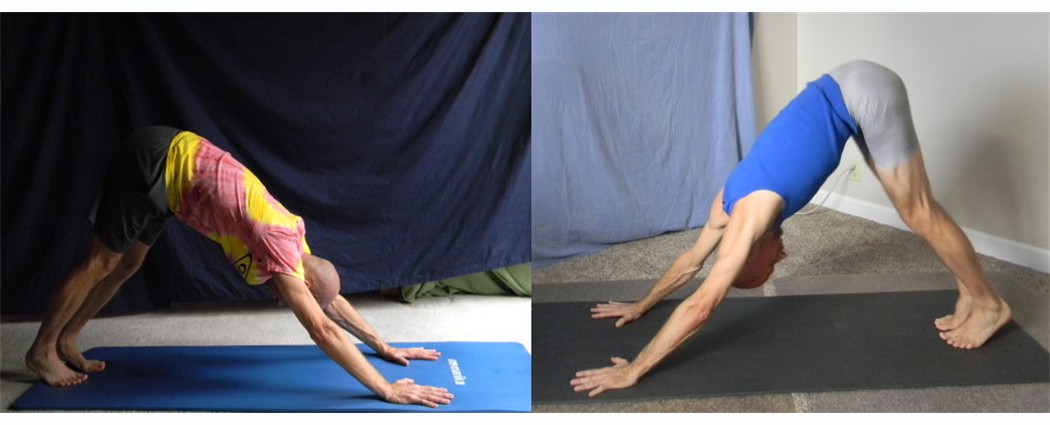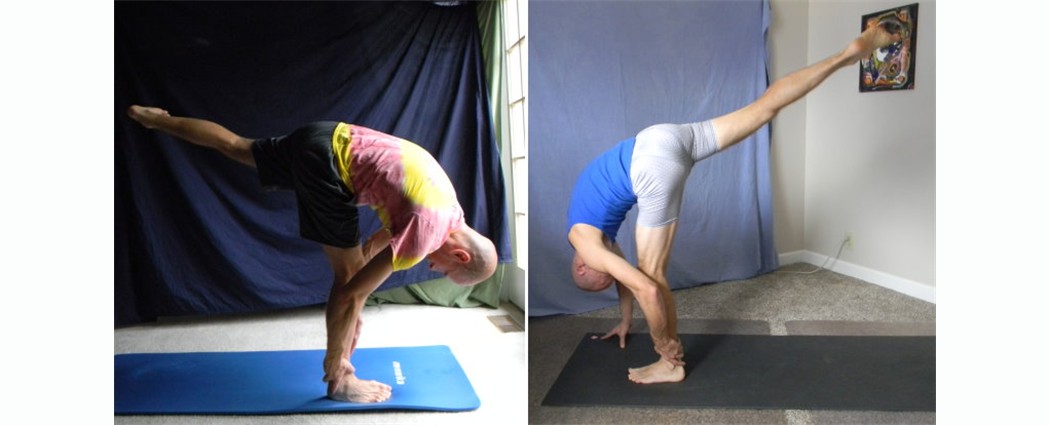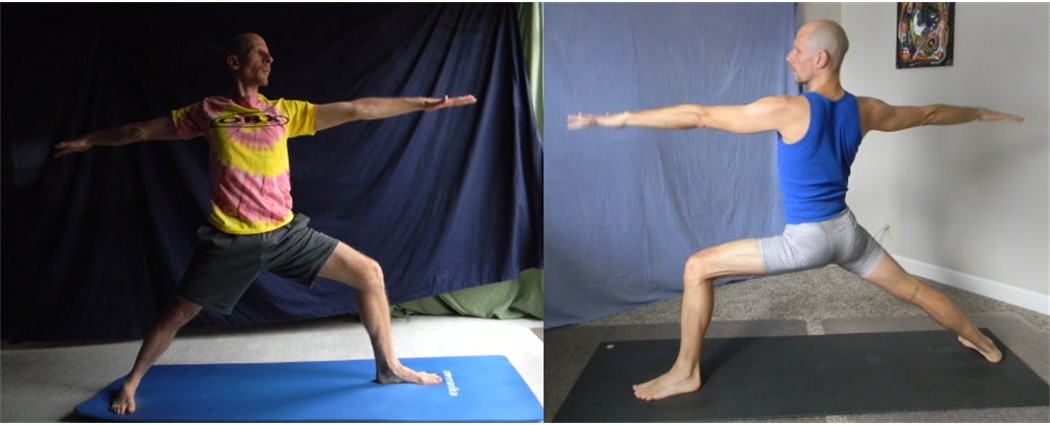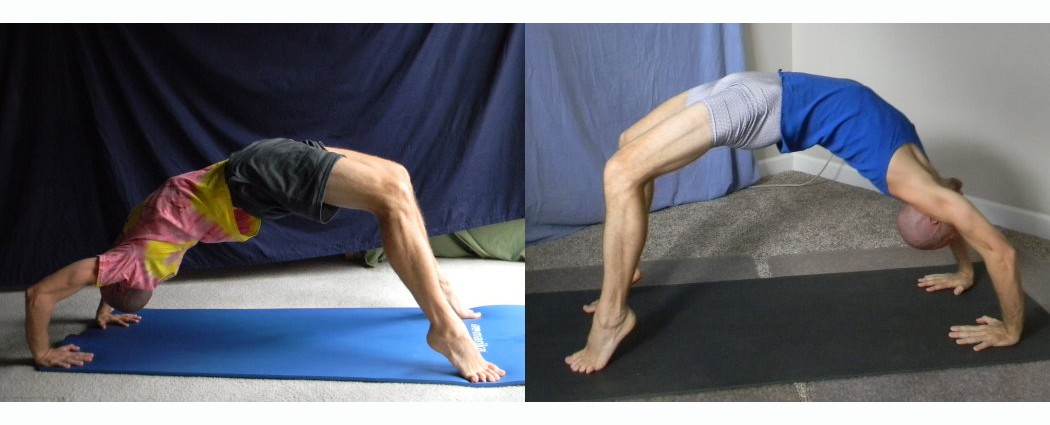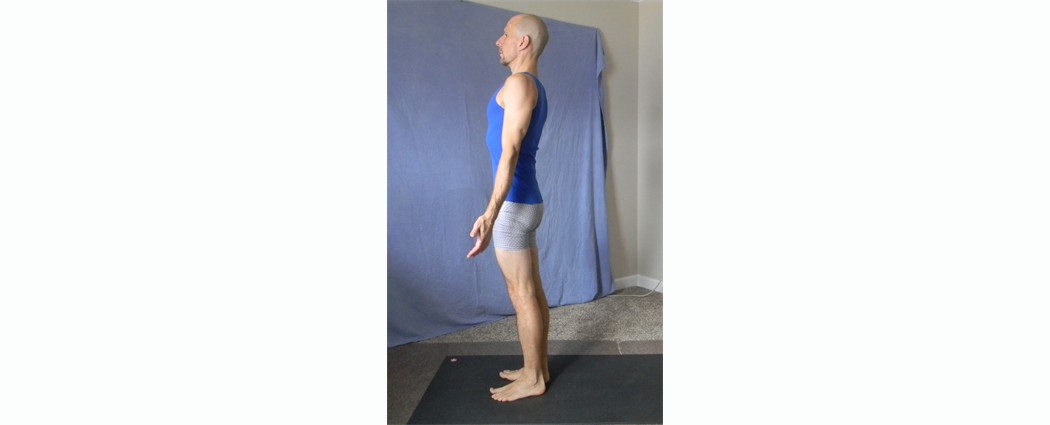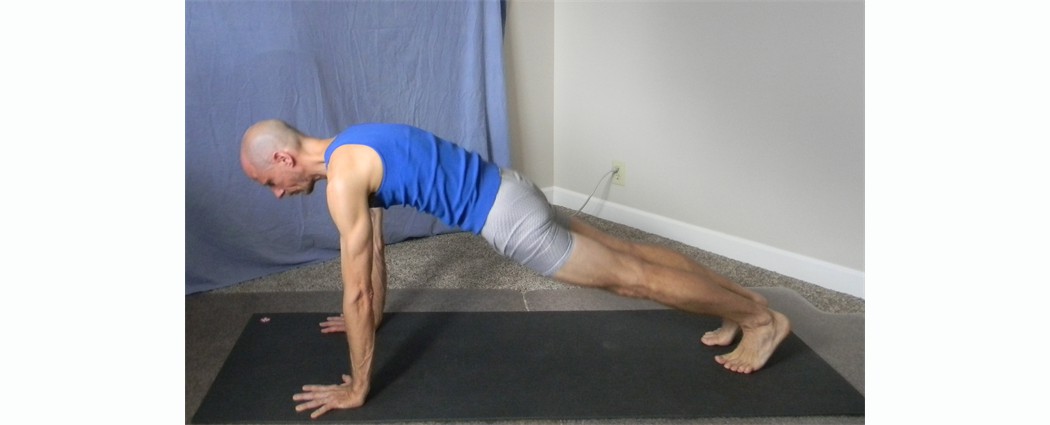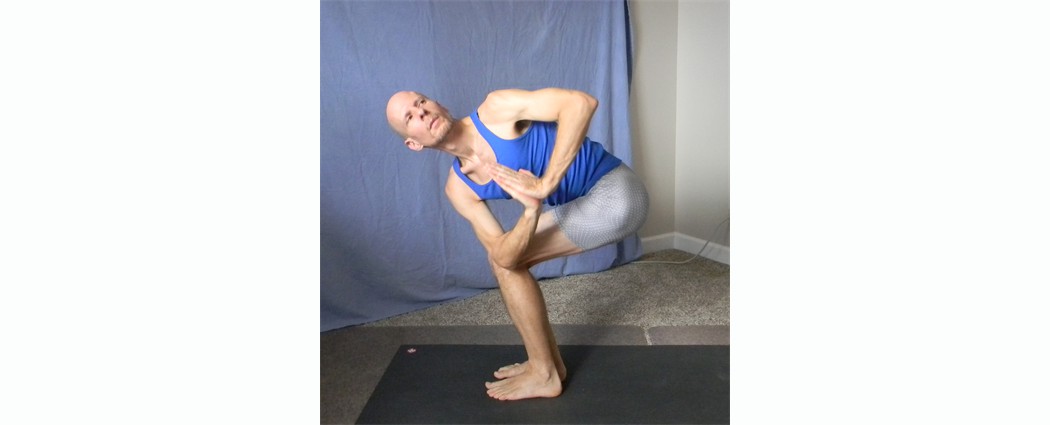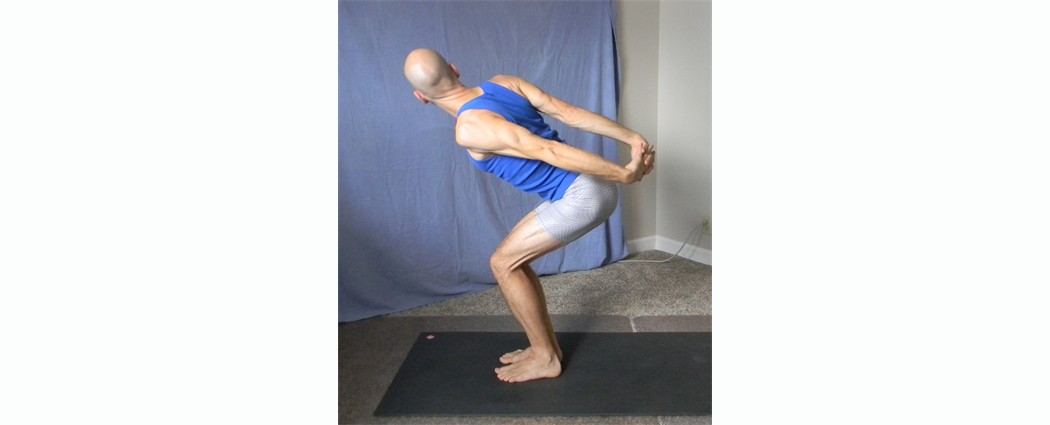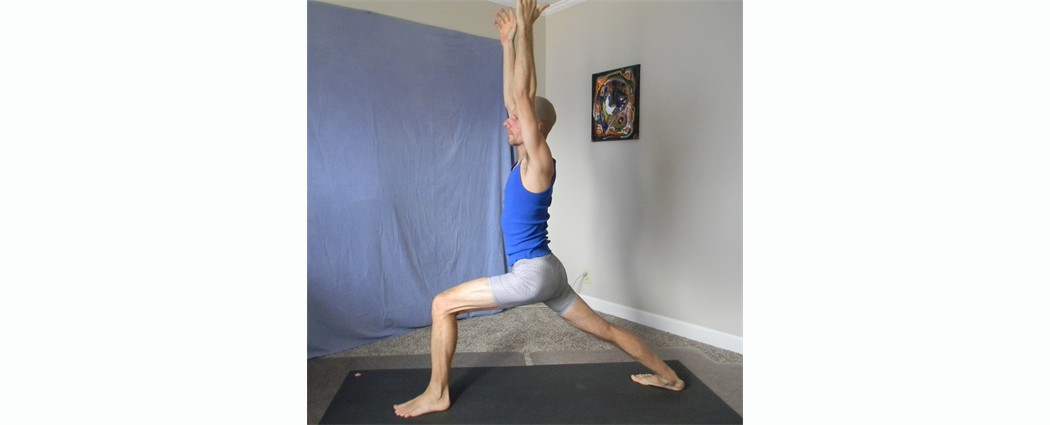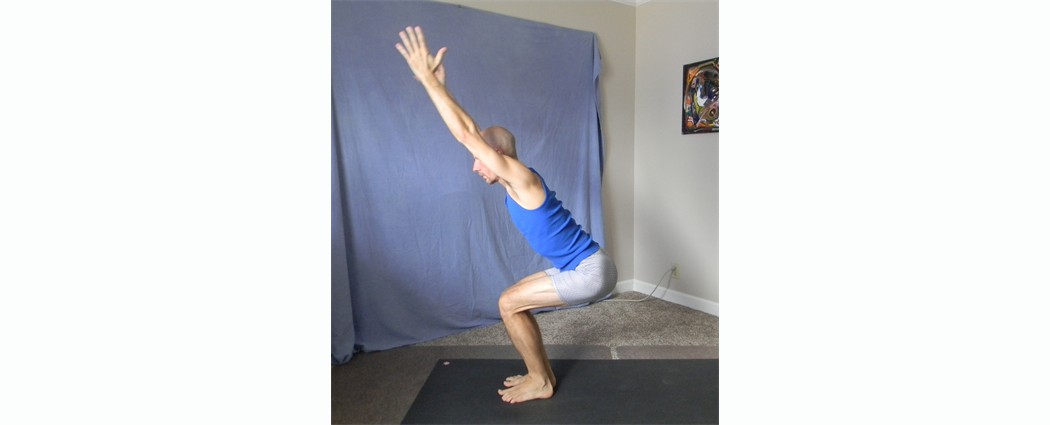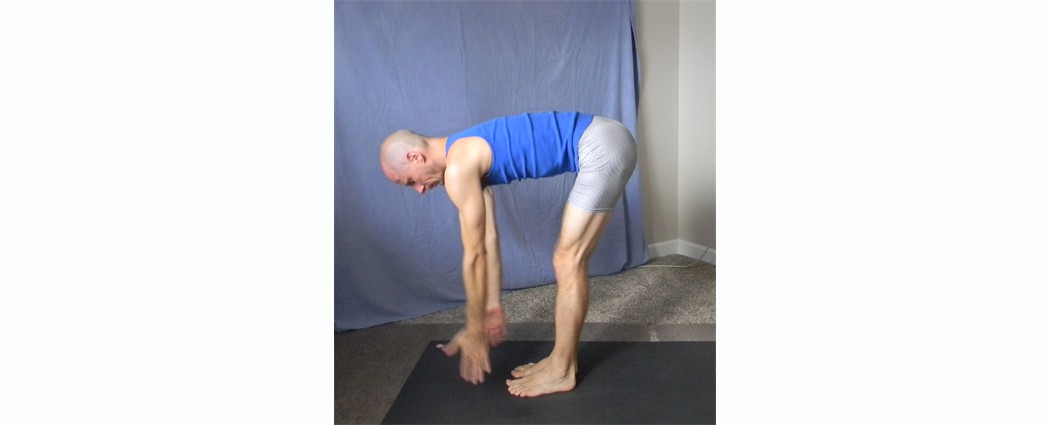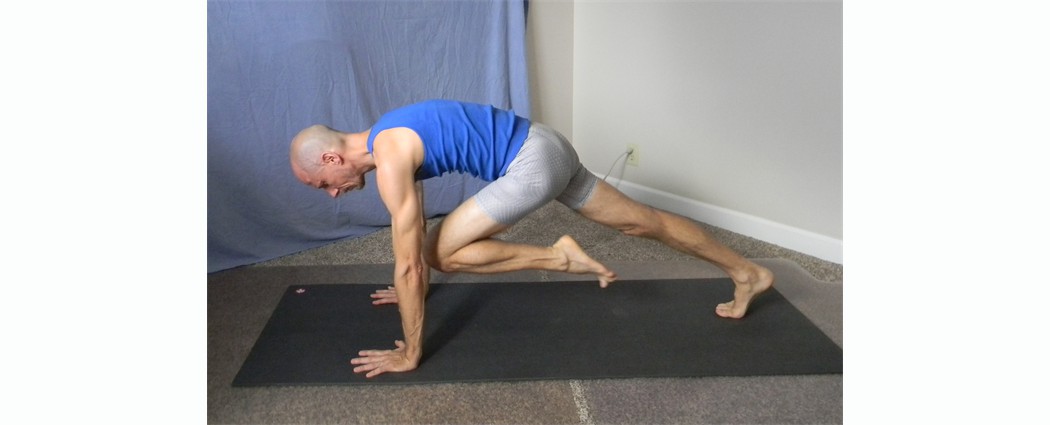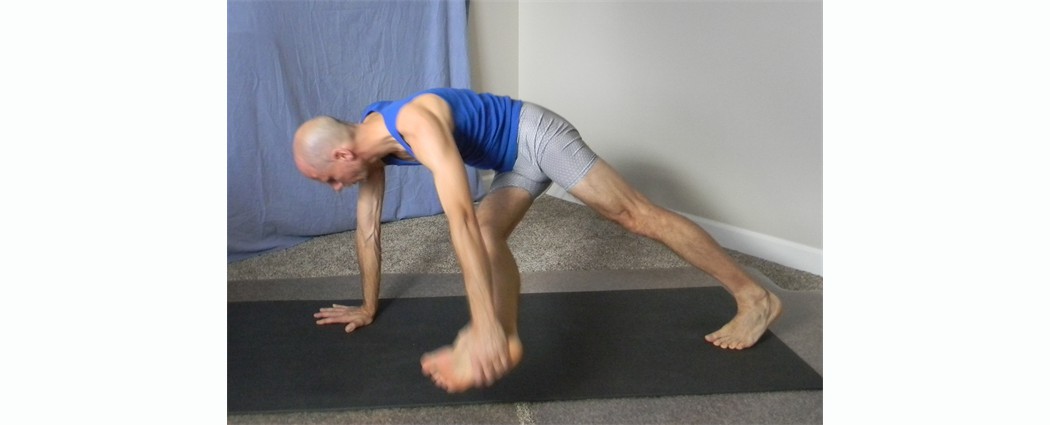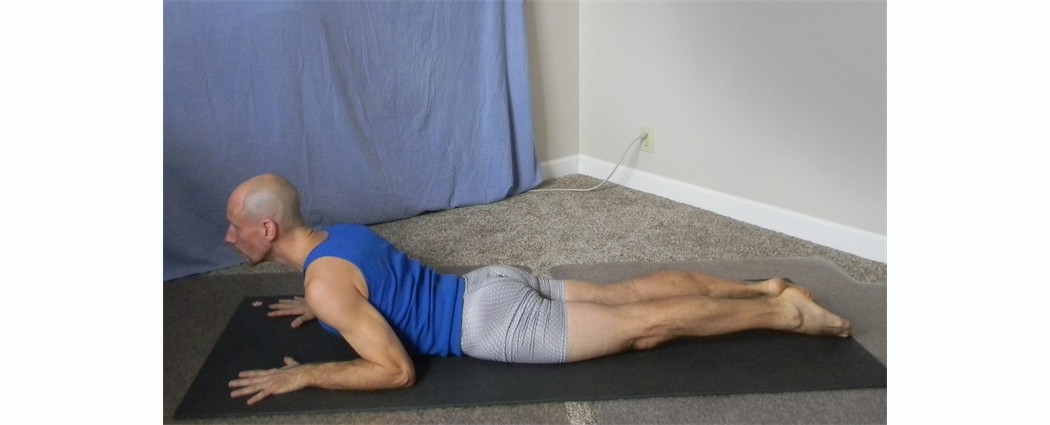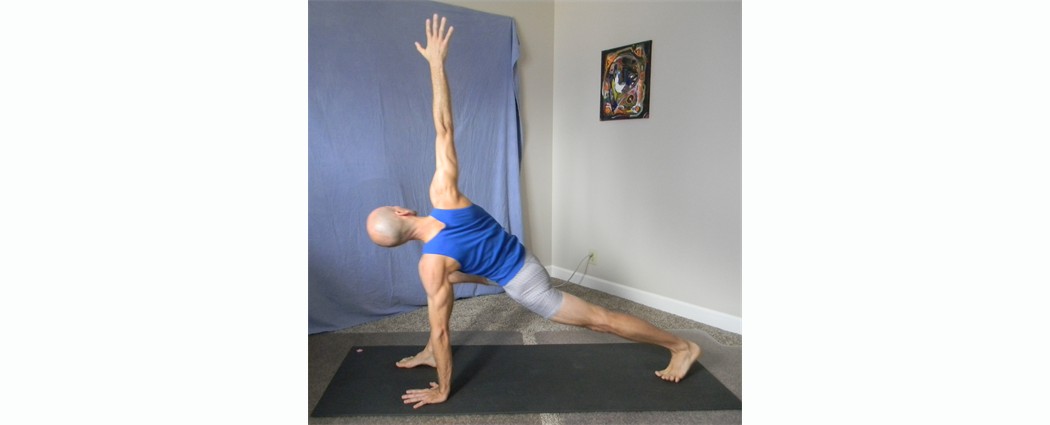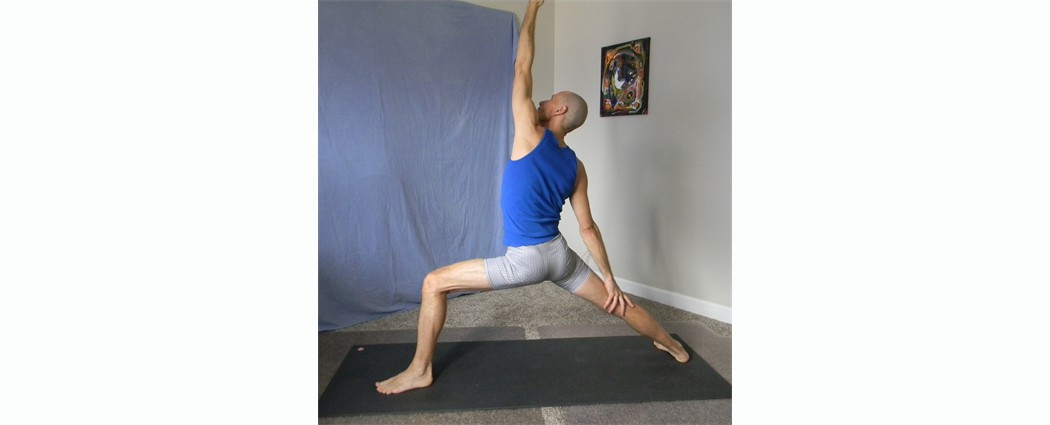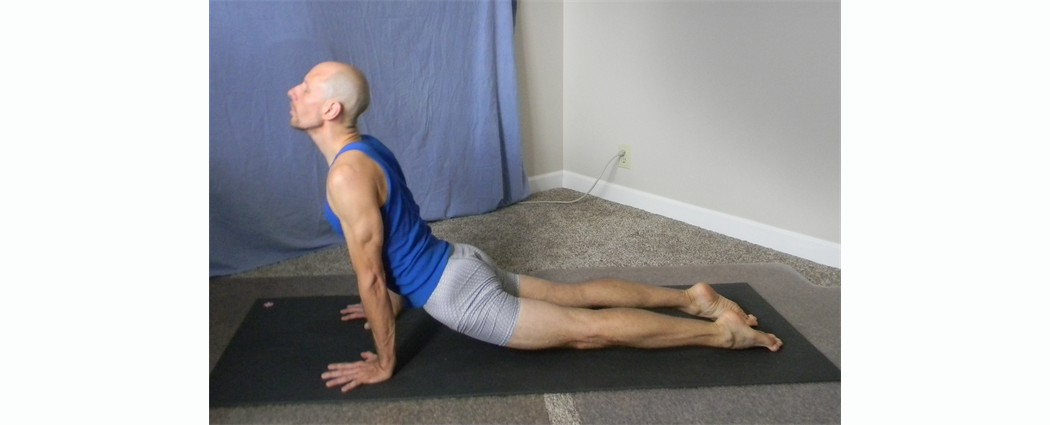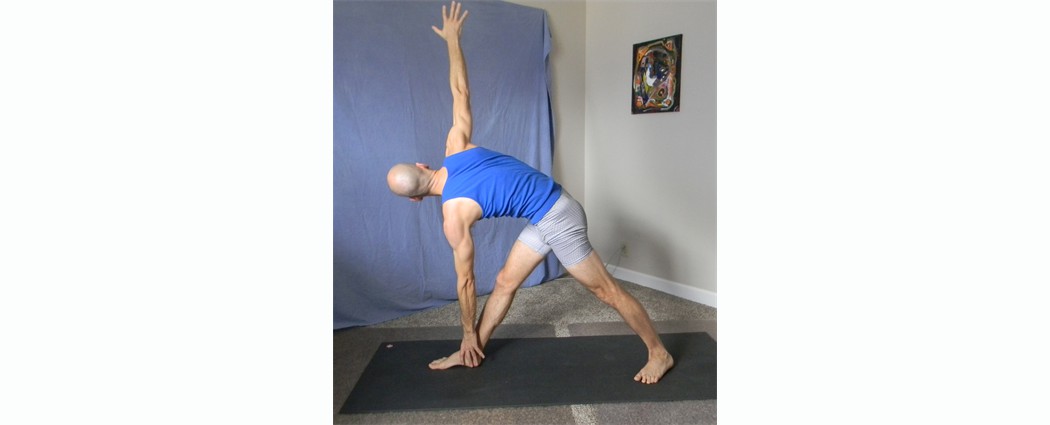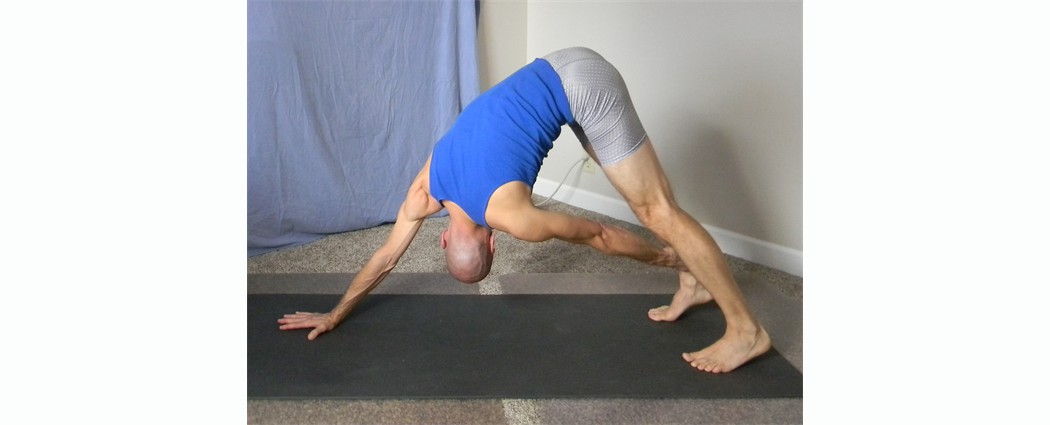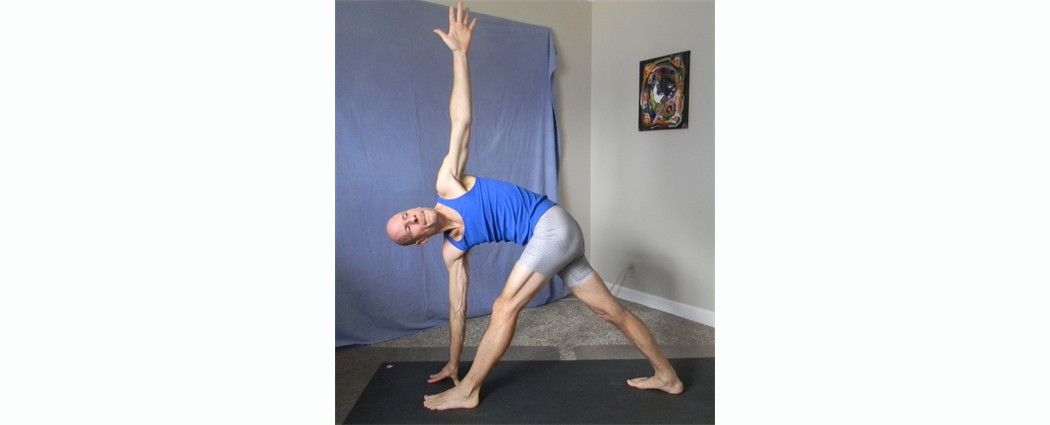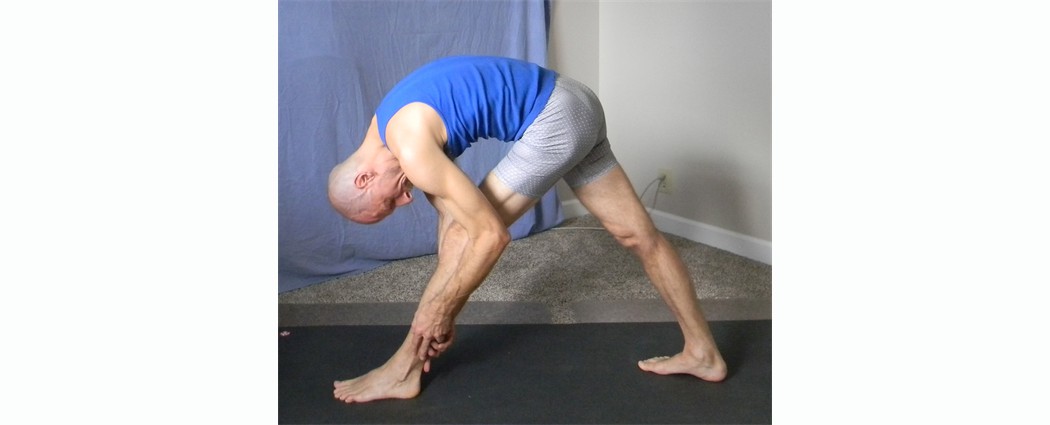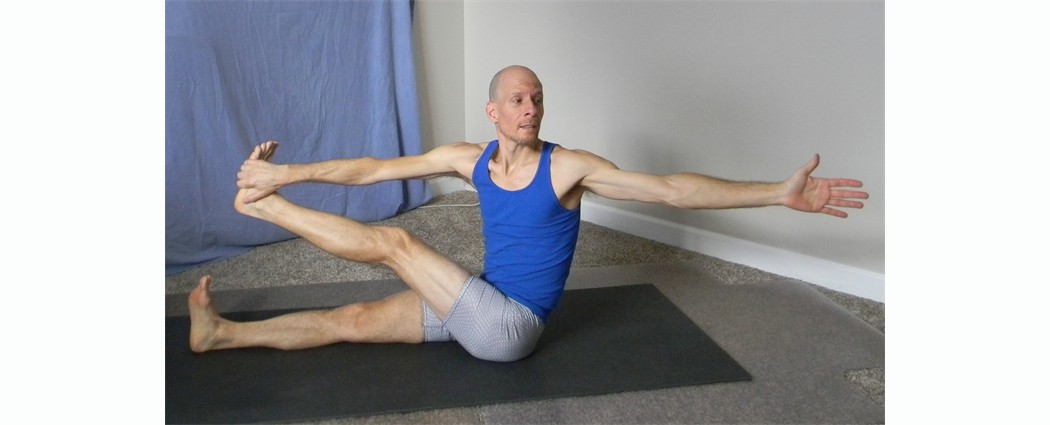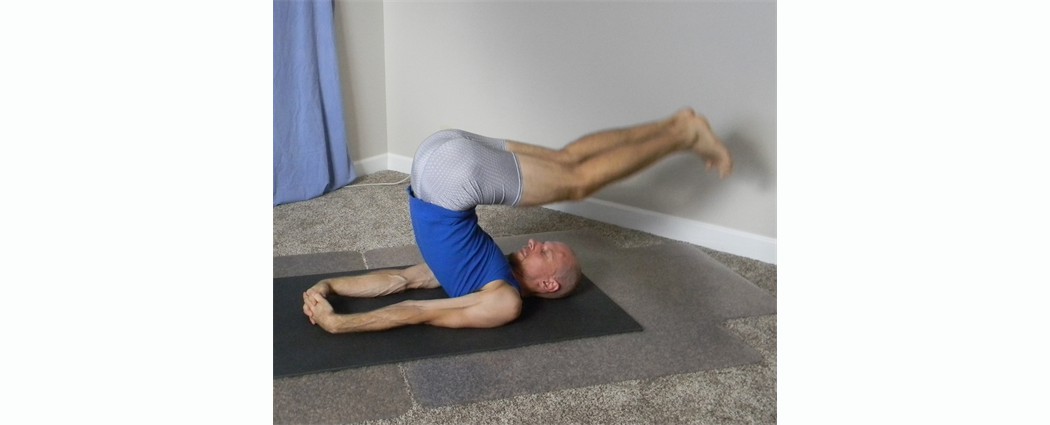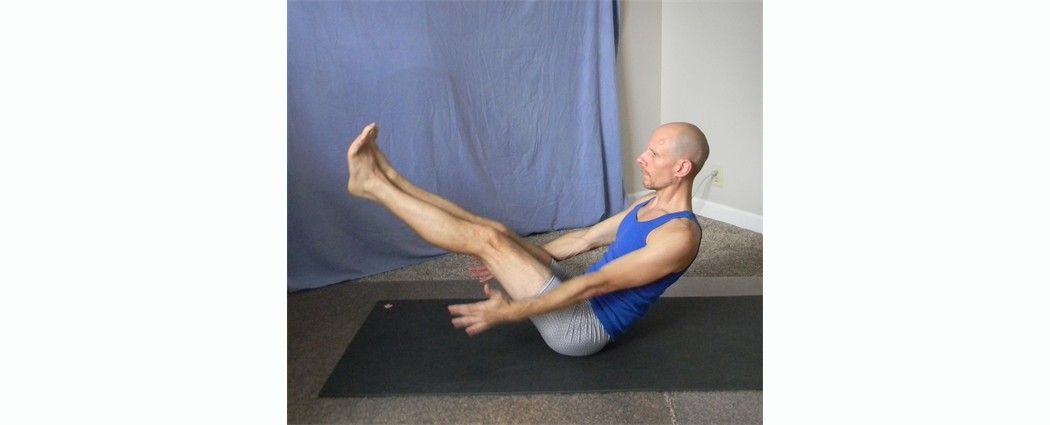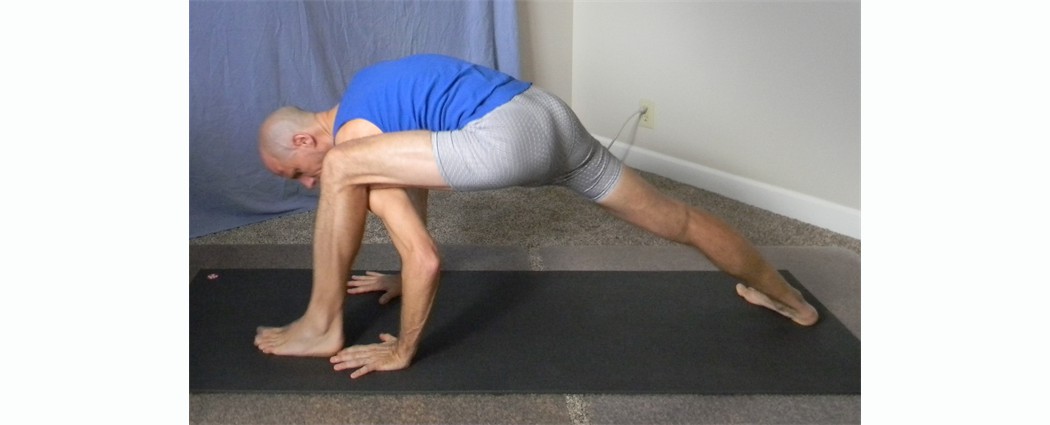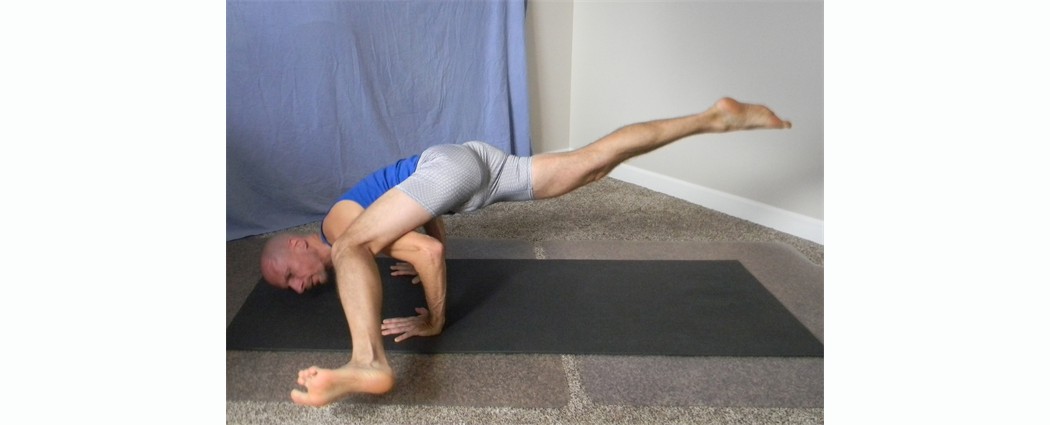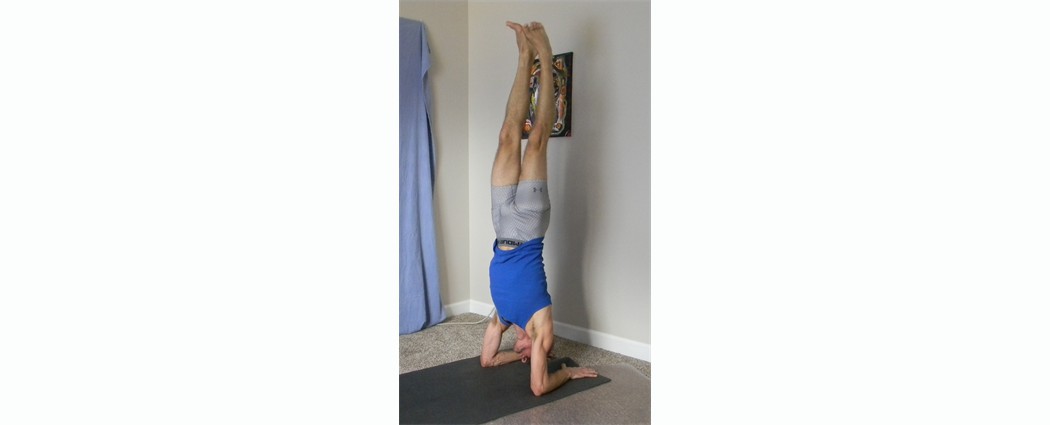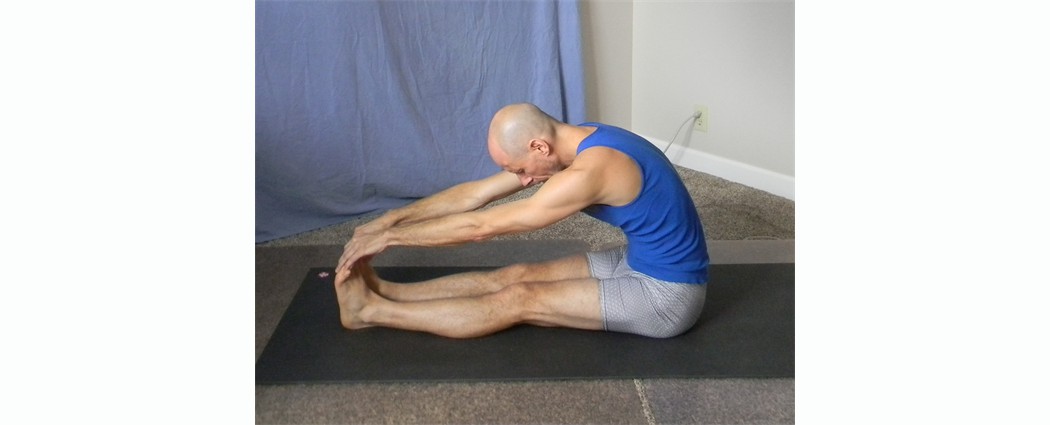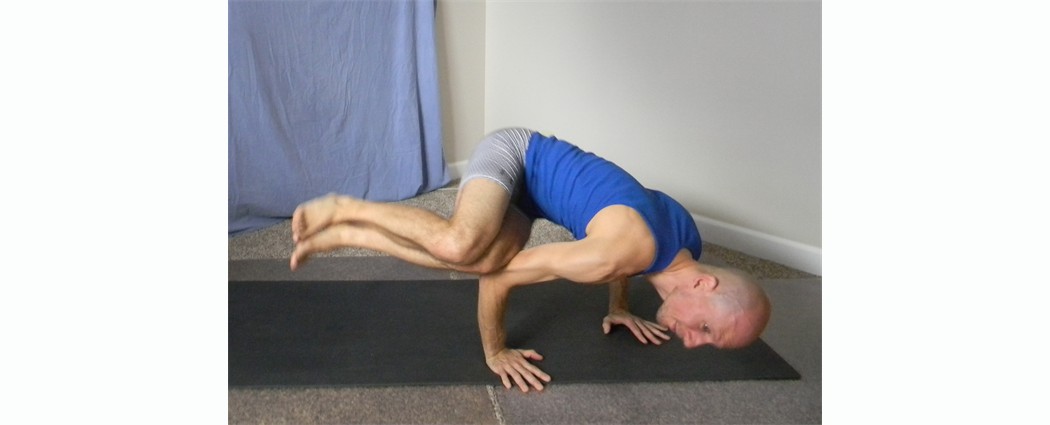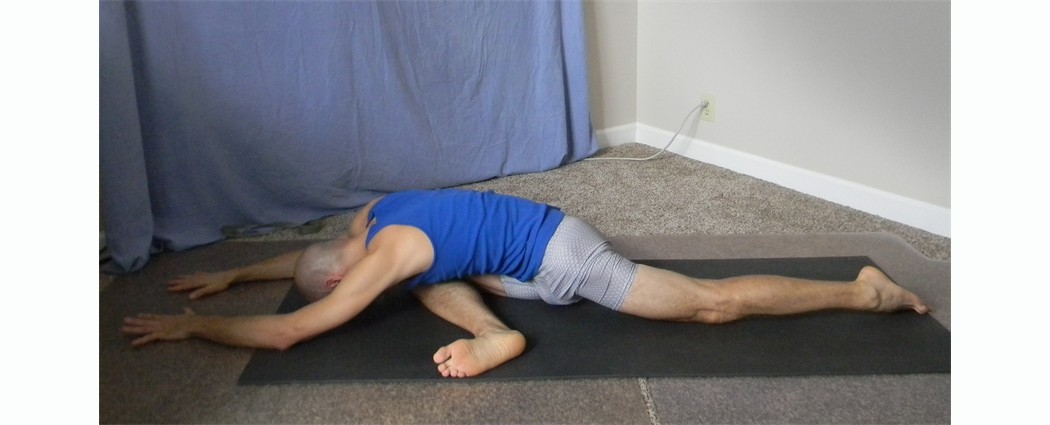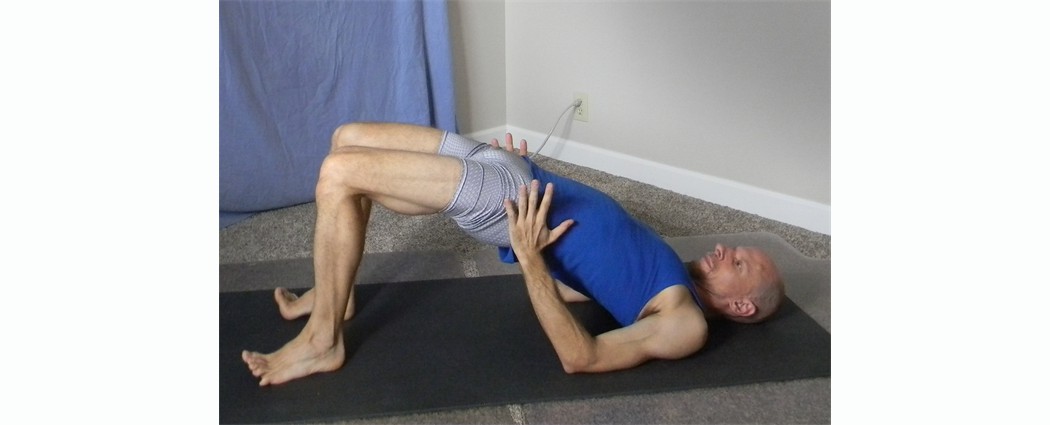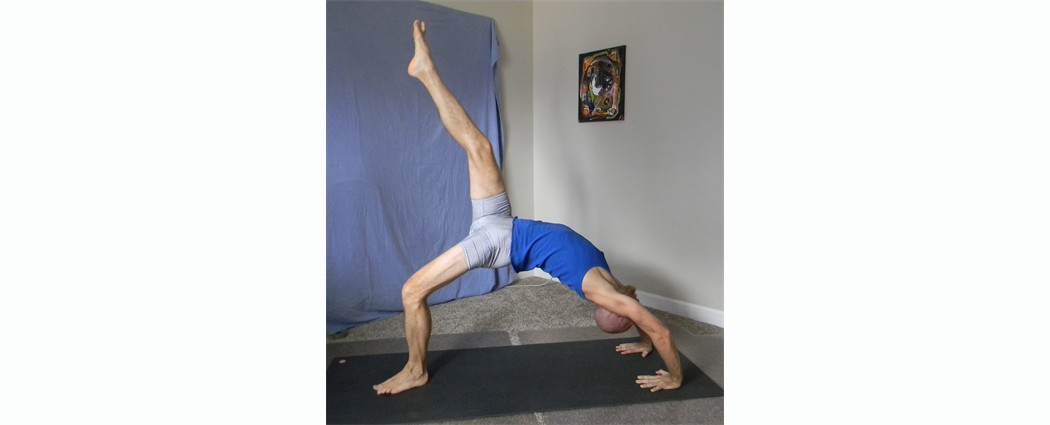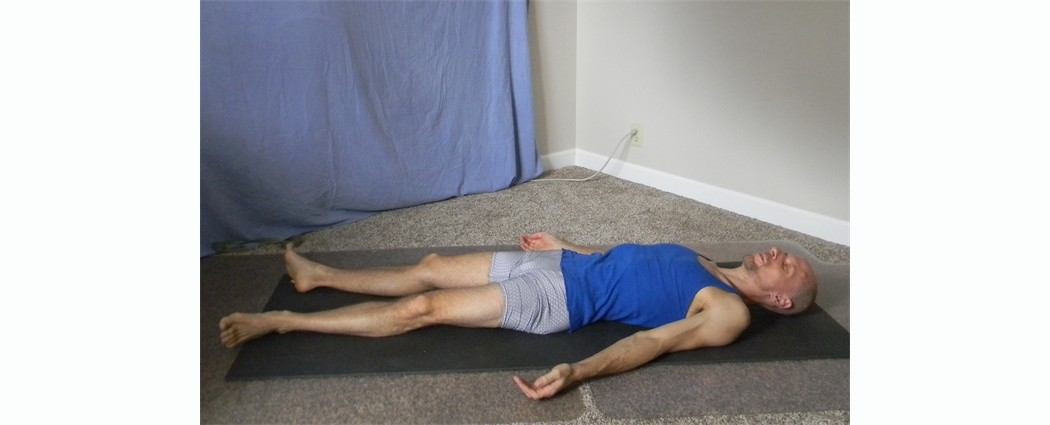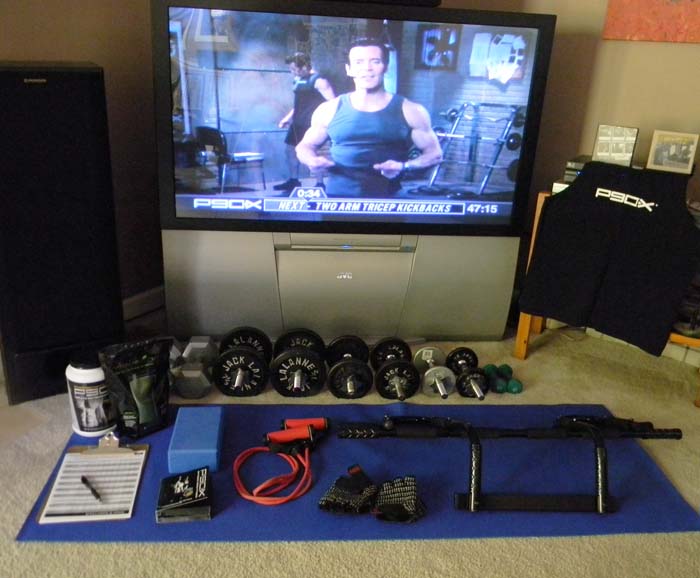
This past Thanksgiving marks the second year anniversary of my yoga journey. It’s been an exciting year, lots of milestones and lots to be thankful for. At the one year mark, I decided to write a blog about my first year of yoga, so now that another year has come and gone I’d like to share how this transformational journey continues to evolve. For those of you who don’t know me, or didn’t read my first blog, I’ll start with a condensed version of how and why I got into yoga and then I’ll get into some of what I’ve learned during the second year (halfway through the writing of this blog I realized that it really wanted to be two blogs, one about the physical practice of yoga, and one about the mental and emotional benefits, so let’s start with the physical journey).
Throughout my adult life I’ve gone back and forth between two professions; music and construction. In 2011 I decided to go back into construction after many years of working as a touring musician. I was 43 years old and hadn’t worked in construction for about 15 years. Ouch, I was quickly reminded of how hard this work can be! Within a year I was having chronic shoulder and neck pain as well as relapses of tendinitis in my right arm from an old injury. Sometimes, after a few hours of work, my left shoulder would begin to hurt, the pain and stiffness spreading into my neck, ultimately limiting my range of mobility and causing intense pain. Once my shoulder and neck were “tweaked”, it might take several days to a week to subside. It was getting so bad that the condition could even be brought on by simply coughing or sneezing. I tried stretching, ibuprofen, lifting weights, but nothing worked, the condition was worsening.
Then one day a friend told me how he had used yoga to self heal an injury. I was intrigued. I began practicing with a yoga DVD (P90X Yoga) as well as putting together a few of my own short routines. I wasn’t consistent at first, but the ball was in motion. Then one day my wife, Kelly sent me a couple of YouTube video links. One was a 30 Minute Morning Yoga Class by Ali Kamenova (if you’re interested in exploring some great yoga videos, check out Ali’s YouTube channel). Almost instantly, this routine, and Ali’s style clicked with me, and soon this YouTube video had become my new best friend.
By one year into this commitment to self healing I was practicing Ali’s yoga routines almost daily, and the neck/shoulder pain and tendinitis were, for the most part, gone! Although they occasionally did show their face, the problems were minimal, and usually gone by the next day. There were a lot of other changes over that first year – a whole new sense of body awareness, breath, connectivity, improved attitude – I was stronger both physically and mentally, and had a growing sense of inner peace – all this from a 30 to 60 minute daily yoga practice at home. My first year of yoga was very exciting; self-healing my own injuries was very empowering. One of the biggest things I learned was the connection between the body, mind and breath, and I definitely felt an increased awareness of my physical and emotional state.
Figuring out what the body needs
When I first started practicing yoga, I was typically hitting the mat three times a week, occasionally 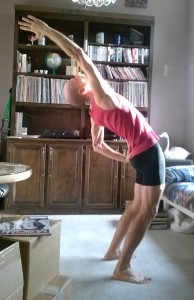 four. By the end of that first year it was almost daily, and I often found myself struggling to figure out what my body needed on a daily basis, which class to choose, what type of flow, how to alternate routines to target different parts of the body, etc. Maybe a certain area of my body was holding extra tension and required specific attention. I was also exploring how to build my day around my practice (to ensure it happened daily) and what clothing was most comfortable. Over the second year of practice, I gradually found answers to many of these questions.
four. By the end of that first year it was almost daily, and I often found myself struggling to figure out what my body needed on a daily basis, which class to choose, what type of flow, how to alternate routines to target different parts of the body, etc. Maybe a certain area of my body was holding extra tension and required specific attention. I was also exploring how to build my day around my practice (to ensure it happened daily) and what clothing was most comfortable. Over the second year of practice, I gradually found answers to many of these questions.
Creating a space for yoga
In order to practice yoga every day I believe you have to build it into your daily routine in a way that is sustainable, and this is different for everyone. I’ve learned that I don’t have the energy or focus for a challenging yoga sequence by the time I get home from work, so it’s pretty much a morning practice or nothing. For a while, I tried hitting the mat shortly after getting out of bed, and this was a struggle as my body was too stiff and I seemed to lack energy. Gradually, my schedule evolved into waking up around 5:00 AM, eating breakfast, doing a few other things around the house to kind of wake things up a bit, and then starting my practice at the last minute possible before leaving for work (allowing maximum time for digestion). On the weekends I find myself practicing much later in the morning and my body seems to like that a little better, but the compromise during the work week is essential. I think the key is to make a commitment to a daily practice, and then build the practice into your daily routine.
Types of routines:
I love a strong, moderate paced power yoga class, 50 to 60 minutes in length, with lots of warriors, backbends, twists, hip openers, and core work, and I do these as often as possible. However, sometimes my body wants something different. On some mornings I feel a little beat up from the workday before, so I might do a less intense routine that focuses on flexibility. I use these classes to take the edge off of whatever pains and tweaks I might wake up with and to prepare my body for another day of life’s abuses. Do you ever wake up feeling really tight, achy, and just really beat up from head to toe? Well even with all this yoga I still have days like that, too. On those mornings I try to do very easy, therapeutic routines, maybe 20 to 30 minutes in length with mostly seated poses. And then some days the body just wants a complete rest! Our physical state seems to fluctuate, going from higher to lower points of energy and stability, so it’s important to listen to your body; it is speaking to you and will tell you what it needs.
Staying Loose
Loosening up, tightening up, loosening up, tightening up…this seems to be a pattern in my life. I get all stretched out with a wonderful morning yoga class, and then sit in my car for an hour drive to work. Sitting in traffic sucks, and boy, will that tighten you up! Then there’s the repetitive motion of the job itself. Throughout the day, I’ll throw in a few poses, almost always right before lunch, and then again at the end of the day right before the afternoon commute. Even just a couple of forward folds and a standing side stretch can work wonders.
Making the body more efficient and workplace yoga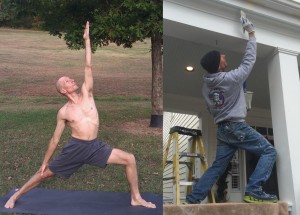
My job as a painter and drywall repairman is very physically demanding and requires a lot of sustained, awkward body positions. Working over head, crouching, kneeling, climbing up and down ladders, painting with a brush or roller for hours…did I mention sitting in traffic? No matter what you do for work; it will take its toll on the body. This is where yoga comes in. For every task that stresses the body, there’s a pose or group of poses that will counter it.
Painting and/or repairing ceilings place more stress on the neck and shoulders than almost anything else I do. Over the last two years I have greatly increased my flexibility in that region with backbends, twists, and shoulder openers. This work still takes its toll, but much less so because of my increased range of motion. Work that is low to the ground, like painting baseboards, is also quite taxing. You’ve  either got to sit, kneel, crouch, or lie on your side. I find myself sitting crosslegged to do a lot of this work, kneeling (with knee pads), or even squatting, and this requires open hips and loose hamstrings. Hip openers and hamstring stretches improve the ability to sit or kneel for extended periods of time. I’m constantly going from standing, to crouching, to climbing ladders, and this is where all the core work really pays off. Working over head or standing on a ladder requires the ability to balance and an awareness of my body in space. Balancing poses greatly help (if you want to get a sense of where you’re really at, try closing your eyes during tree pose!). When I perform music, I might be playing guitar and singing continuously for an hour or more, and this can be just as demanding as painting a house. All the muscles that get used and abused by performing music are stretched and strengthened by my yoga routines.
either got to sit, kneel, crouch, or lie on your side. I find myself sitting crosslegged to do a lot of this work, kneeling (with knee pads), or even squatting, and this requires open hips and loose hamstrings. Hip openers and hamstring stretches improve the ability to sit or kneel for extended periods of time. I’m constantly going from standing, to crouching, to climbing ladders, and this is where all the core work really pays off. Working over head or standing on a ladder requires the ability to balance and an awareness of my body in space. Balancing poses greatly help (if you want to get a sense of where you’re really at, try closing your eyes during tree pose!). When I perform music, I might be playing guitar and singing continuously for an hour or more, and this can be just as demanding as painting a house. All the muscles that get used and abused by performing music are stretched and strengthened by my yoga routines.
Breathing is the only way to deepen our practice
Anyone who has delved into yoga, even just a little bit, knows the emphasis placed on breathing. When we breathe deeply, with complete inhalations and exhalations, our body receives this as a signal to relax and to let go of tension. Sometimes I become aware of growing tension, and a few focused deep breaths almost always help to relieve it. If I do something that aggravates or tweaks a muscle, breathing can help to minimize, or even reverse what might otherwise become a runaway problem. As a chronic sufferer of migraines, I’ve learned that deep breathing can be a very powerful tool. And deep breathing can be especially helpful in dealing with the simple stresses of everyday life, arguments, traffic jams, etc.
I’ve learned so much in these last two years about how my body works, what it needs, how to use yoga to become less prone to injury, self heal injuries, and to optimize my physical and emotional well-being. My yoga practice, along with healthy eating is my own personal healthcare system. I believe it can have a powerful effect on anyone, and the best part is, it’s never too late to start. The transformational effects of my practice go way beyond increased strength and flexibility, and part two of this blog will delve into the positive effect it can have on mental and emotional wellness. As my initial exploration of yoga was centered on fitness, as it seems for many, I wanted this blog to partly serve as an inspiration or catalyst to those who are curious about it, or just getting started with their own practice.
Yoga practice seems to be dominated by women, and I think a lot of men don’t get into it because they don’t really understand what it can be. A big misconception among many who have never practiced yoga is that it’s all about meditation, or just for “stretching”. While it does include those things, the right kind of yoga routine can be as ass-kicking as any workout you’ll ever do. At its core, yoga is really about self exploration, and the breath, but it can also be an amazing physical fitness program. And with that, I’ve got to get going. It’s almost time for work and I’ve got to go hit the mat!
Here’s some photos my wife took during one of my recent yoga sessions (click or swipe the arrows to see all the photos): the before and after shots show my progress from one year ago.
Becoming a successful musician or an entertainer in the 21st century is a tough endeavor. It’s probably as difficult as becoming a successful actor in Hollywood. In this field of extreme competitors, you need to have every advantage you possibly can. Even if you aren’t going after the big prize, for many musicians, a lifetime of pursuing their craft will still take its toll. This is why it is in the best interest of most musicians to be physically fit.
If you are a musician, whether you play guitar, drums, sing, saxophone, or other, you inevitably fall into one of two categories; 1.) Professional musicians, semi professional musicians, and musicians aspiring to become professionals, or 2.) Amateur musicians, hobbyists, and musicians that play solely for expression, art, or the fun of it, regardless of compensation.
If you are either working as a professional musician, or aspiring to do so, you probably already know how competitive this field is (if you don’t, you might want to take a look around you). To earn a living as a musician in this day and age, or at least a partial living, a great many things must come into alignment. Talent, social skills, looks, longevity, and luck are some of the essential components. Since you really can’t control luck, and assuming you have some talent and social skills and are already honing those traits, that leaves looks and longevity up for grabs. This is where physical fitness comes into play.
Looking Good
I chose to address this factor first because so much of what happens in the entertainment industry is based on appearances. As superficial as this may be, it is simply a fact, and one that shouldn’t be overlooked. While I do feel that looks and talent shouldn’t have to be tied together, the focus here is on the music business, so I’ll save that discussion for another time.
We have a strange way of approaching how we look in our society, that being that we tend to put makeup on a pig. I’m sure you’ve heard that expression before, but here’s my spin on it. How many times have you seen some performer, whether on TV or in a nightclub, who has obviously put a lot of thought into his or her wardrobe and appearance? $300 haircuts, pre-ripped and pre-faded designer jeans, fancy shirts, eye-catching jewelry, makeup, even an obvious obsession with tanning is evident for some. Yet when you look at the performer’s arms , there isn’t a hint of muscle tone to be found anywhere. Even though they aren’t obviously overweight, you can’t help but notice their ass looks just a little too big for the outfit struggling to hide it. Or perhaps he or she has no ass all, flat as a board on the backside due to the fact that they have no muscles there either. Of course this description would describe many people in almost any field. As most Americans are now overweight, each year the numbers steadily increasing, so is our desire to attempt to mask this fact with fancy haircuts, designer clothes, spray-on tans, and makeup.
But if you are aspiring to be a professional musician, you are different than most people, you are in the world of showbiz. This means that, in many cases, your appearance is directly tied to your career, and sooner or later you will be judged on your looks. So rather than continuing to follow the trend of ‘putting makeup on a pig’ why not address the issue at its core and put more emphasis on physical fitness. There is a difference between being skinny, a little overweight, and being physically fit. I have been skinny for most of my life, but I have not always been fit. When you are physically fit clothes automatically hang better, your skin color looks better, and your face looks younger. People who are physically fit tend to have increased energy and stamina, and this helps to project a more youthful vibe in general. Not to mention the increased confidence and sex appeal that can come with being in great shape. With the music and entertainment industries now more competitive than ever, there is simply no excuse to not look as good as you possibly can. A fancy haircut and designer clothes aren’t going to fool everybody.
Longevity
To me, the need for longevity makes the best case for being physically fit, and this applies to all musicians, pro or otherwise. From the time we were teenagers, through our 20s, even into our 30s, typically, our bodies are still functioning under their original drivetrain warranty, meaning that, at least for most of us, things aren’t yet starting to go wrong on the grand scale that they eventually will. If you are a young person and reading this, you’re probably thinking “That’s the kind of crap my grandfather used to tell me.” Well I hate to say it, but ol’ grandpa was right. As our bodies age our joints begin to wear, we become more susceptible to injuries, injuries take longer to heal, and a whole host of other problems ranging from high blood pressure to heart disease and beyond start becoming more likely. I’ve had tendinitis for five years now, and sometimes it interferes with my playing. Some of my musician friends, after decades of problem free careers, are now starting to have their own problems too. Everything from back problems to carpal tunnel and even diabetes and strokes are now interfering with their careers and lives.
The effects of aging can and will happen to people from all walks of life, but the hard lifestyles of many musicians can further amplify the effects of aging. Being a musician is stressful, often requires extensive travel, and for many of us, requires a repetitive hand, arm, or leg motion that is certain to lead to problems. Being physically fit is the only way to combat these problems. Alcohol or drugs, whether prescribed or other, are only a band-aid, and for many, masking the pain in this way can lead to further injury. Being a career musician, I often have little to no choice about the gigs I need to take to make a living. Sometimes I will play a 3 1/2 hour show nonstop. This requires great stamina and, even though I am in good shape, sometimes my whole body aches after a long hard gig. How much worse would I hurt if I didn’t take care of myself? I still have to load my gear into my car regularly and my Vox amp weighs almost 100 pounds. Over the years, I’ve thrown out my back doing this on more than one occasion, being physically fit helps combat this as well. Regular exercise has been the best weapon against my tendinitis too. Without regular stretching and exercise it quickly becomes almost unbearable.
In the world in which we live and work, a world full of extreme competition, an extreme approach to health and fitness simply makes sense. Some people say that America has the best workforce in the world. If this is true, shouldn’t the best workers be in tip top shape? You can either continue ‘putting makeup on the pig’, or you can work towards becoming fit and give yourself a real leg up on the competition. Even if you don’t aspire to play professionally being fit will help ensure the likelihood of enjoying your hobby or art for years to come. As far as achieving an extreme level of physical fitness, there is no shortcut. It can only be achieved with good old-fashioned hard work which involves a lifelong commitment to regular exercise and healthy eating.
Do you want to look good when you’re 50? Do you want to still be able to play music effortlessly when you’re 60? I do.
This week, like most, has been a busy week so far, and my wife and I have logged some serious hours in our home offices. As we own our own businesses, our days are filled with constant activity; from website projects to advancing tour dates to writing projects to filing income taxes. Work, work, work, that’s what we’ve all been called to do, and as life becomes more expensive with every passing year, it seems impossible to ever get ahead. Pursuing a music career in Nashville is no exception, and this causes many to closely watch their budgets, often refraining from recreational activities. One thing that you can do in middle Tennessee, that costs only the gas it takes to get there, is visit one of its beautiful state parks, and yesterday, that’s just what we did, heading off to Edwin Warner Park with some water and granola bars just after lunch. 
We’ve been to the Warner Parks many times since our first discovery of these magnificent shrines of nature five years ago, and on this particular day we tackled “The Red Trail”, perhaps the parks most challenging hike covering about 5 1/2 miles. As we hiked through this amazing place, which spans almost 3000 acres of deep woods terrain only 9 miles from downtown Nashville, the stresses of everyday life and business seemed to fall by the wayside with every step we took. The park is exceptionally maintained, with clearly marked trails, and at times, the sounds of the outside world disappear to be replaced by the sounds of singing birds, foraging squirrels, soft winds, and our own footsteps amidst the occasional silence. While it was an unseasonably hot spring day of 90°, the rapidly blooming natural canopy of the forest around us protected us from the hot Southern Sun as we retreated further into the forest. Our midweek expedition took us deep within this mystical place, climbing up and down steep foothills, across the high plateau, through Dripping Springs Hollow and onward past the Betsy Ross Cabin, ever surrounded by majestic timbres, large twisting vines, and immense floral wonders. After losing ourselves in this magical place for a little over an hour and a half, we arrived back at our car feeling reinvigorated, with a renewed sense of purpose and perspective.
It’s amazing how taking a real timeout can help recharge one’s batteries, kind of a spring cleaning for the mind and soul, and how sadly, we as a society, are not more in tune to such simple yet powerful concepts. We could all live richer lives if we could just simply learn to become more connected with the world just outside of our home, our offices, and the usual playgrounds of life. For in the often chaotic and overly hyperactive world we live in, if life is expensive, a walk in the park is still free.
